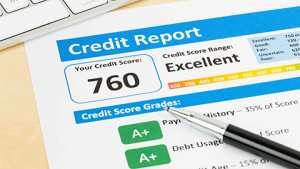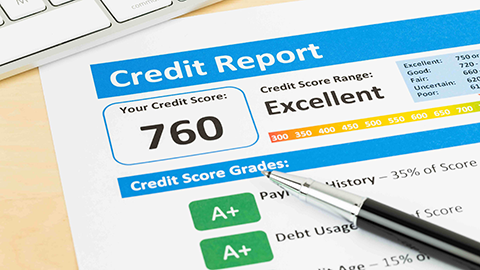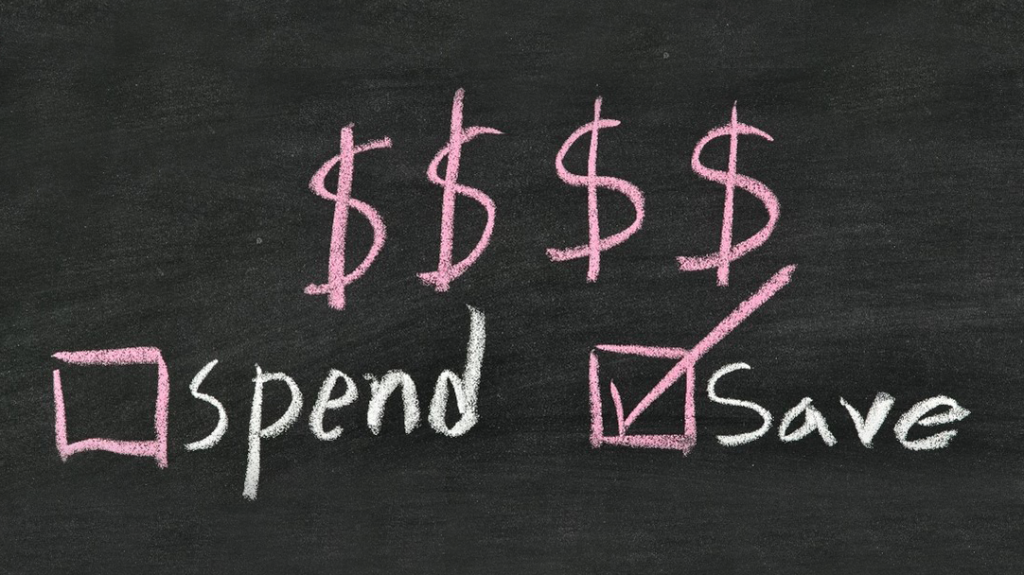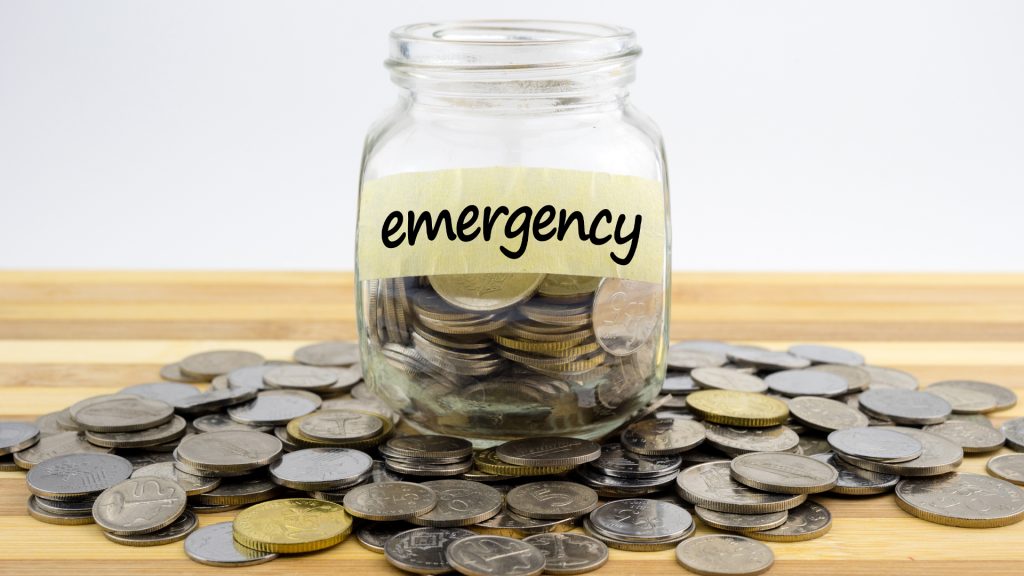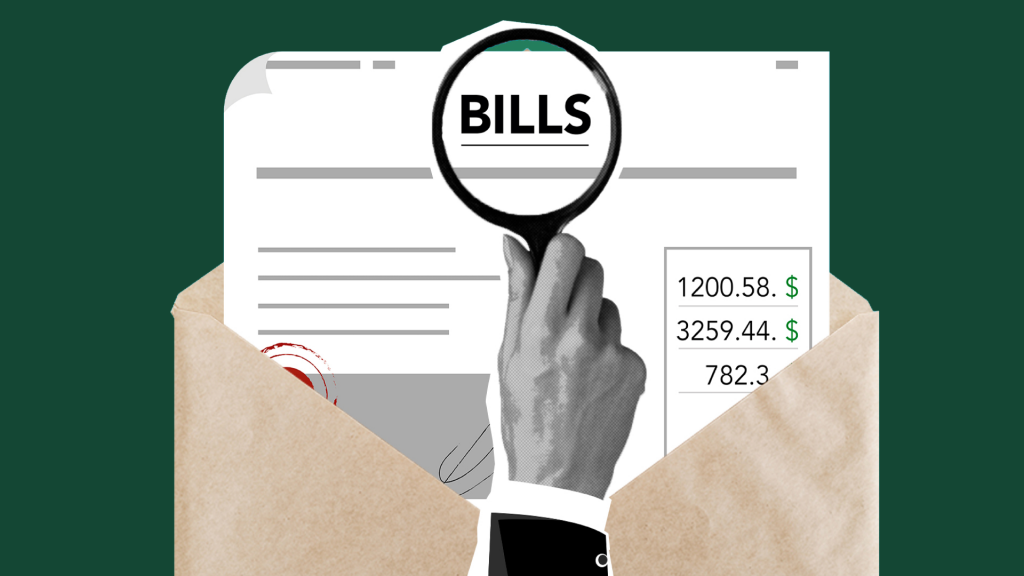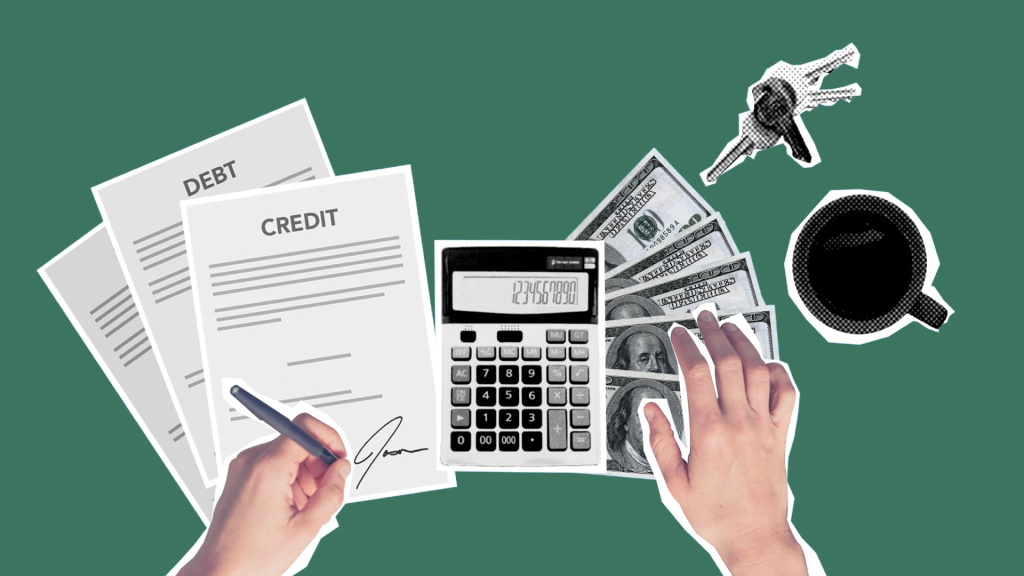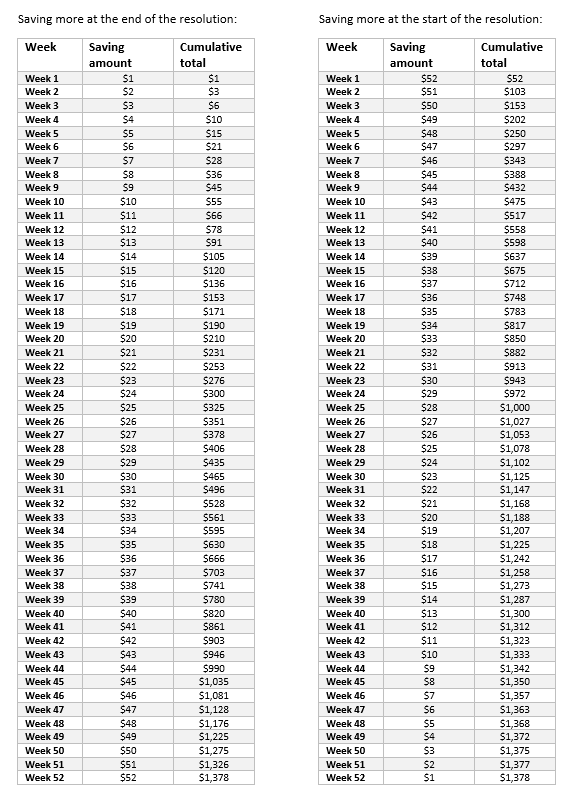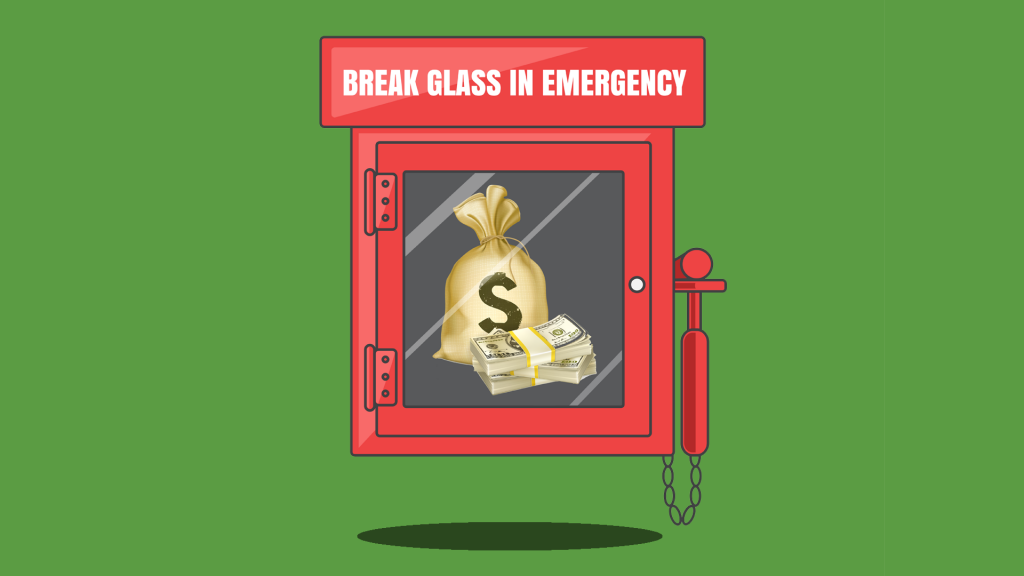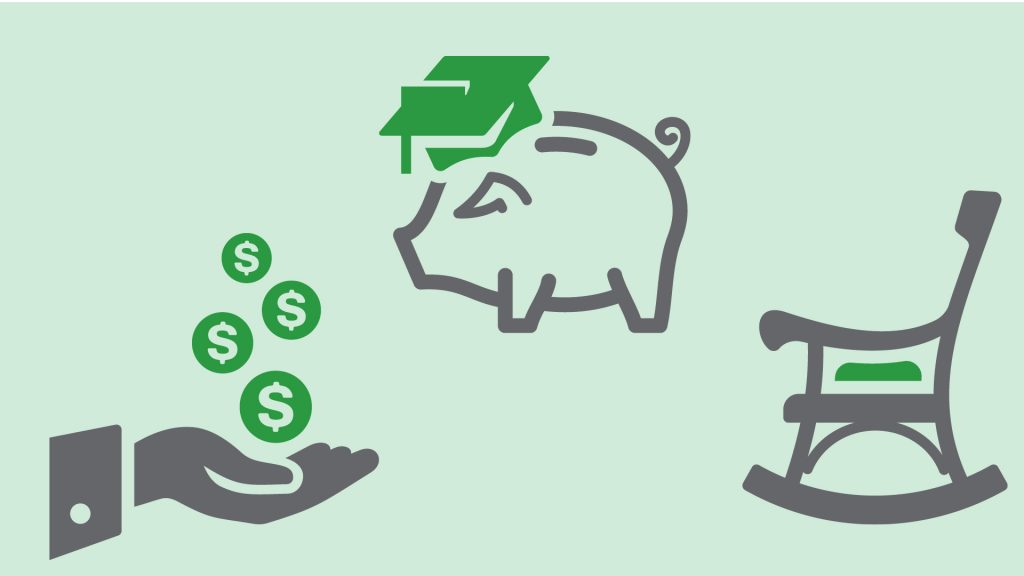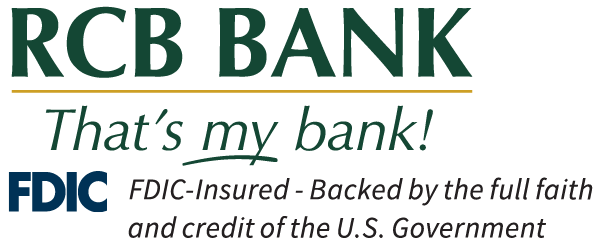
In today’s digital age, technology has become an integral part of our lives, revolutionizing the way we work, communicate and even manage our finances. From mobile banking apps to budgeting tools and investment platforms, technology offers a plethora of opportunities to enhance our financial well-being.
Embrace Mobile Banking
Gone are the days of standing in long queues at the bank. RCB Bank mobile banking has made it incredibly convenient to manage your finances on the go. With just a few taps on your smartphone, you can check your account balance, transfer funds (RCB Bank’s OneWayPay, Bank to Bank Transfers), pay bills and even deposit checks. It not only saves time but also allows you to keep a close eye on your transactions, ensuring better financial control and security.
Harness the Power of Budgeting Apps
Budgeting is a crucial aspect of financial fitness and technology has made it easier than ever. Along with RCB Bank’s myCardswap, and other numerous budgeting apps, such as Mint and YNAB (You Need a Budget), are available to help you track your expenses, set savings goals, and monitor your progress. These apps provide visual representations of your spending habits, offer personalized insights, and send alerts to help you stay within your budget. By using these tools, you can make smarter financial decisions and achieve your financial goals faster.
Automate Your Savings
Saving money consistently can be challenging, especially when it requires manual effort. However, technology has introduced automated savings tools that make the process effortless. Automatic transfers to savings with RCB Bank’s myClickSwitch as well as apps such as Mint and YNAB analyze your spending patterns. By leveraging this technology, you can effortlessly build an emergency fund, build investment and save for long-term goals without even realizing it.
Explore Investment Platforms
Investing was once considered a complex and intimidating task, but technology has democratized the investment landscape. Online investment platforms offer easy access to various investment options, including stocks, bonds, mutual funds, and exchange-traded funds (ETFs). With user-friendly interfaces, educational resources, and automated portfolio management, these platforms have made investing more accessible and transparent, empowering individuals to grow their wealth.
Leverage Online Marketplaces
If you have unused items lying around, technology has made it effortless to declutter and make some extra money. Online marketplaces such as eBay, Amazon, and Facebook Marketplace provide platforms for selling used goods. You can easily create listings, reach a wide audience, and receive payments securely. By selling items you no longer need, you not only declutter your living space but also generate additional income.
Utilize Comparison Websites
Whether you’re looking for insurance or credit cards technology has simplified the process of comparing various financial products and services.
In an era defined by technological advancements, it is crucial to embrace the tools and platforms available to enhance our financial fitness. By leveraging mobile banking, budgeting apps, automated savings tools, investment platforms, online marketplaces and comparison websites, we can optimize our financial management, save time, increase our savings and make smarter financial decisions. However, it’s important to remember that while technology can be a powerful ally in achieving financial fitness, it should be used responsibly. Stay vigilant about online security, keep your personal information secure, always research and verify the credibility of the apps and platforms you choose to use.
Dive in and harness the power of technology to gain better control over your finances. By doing so, you’ll be well on your way to achieving your financial goals and securing a brighter future.
Opinions expressed above are the personal opinions of the author and meant for generic illustration purposes only. RCB Bank, Member FDIC.
Sources:
FinanceBuzz. (2023, May 4). Best budgeting apps [2023]. FinanceBuzz. https://financebuzz.com/budgeting-apps
Sabatier, G. (2023, January 2). Ynab vs. Mint: Which budgeting app should you use?. Millennial Money. https://millennialmoney.com/ynab-vs-mint/
Scheithe, E. (2020, May 5). Online and mobile banking tips for Beginners. Consumer Financial Protection Bureau. https://www.consumerfinance.gov/about-us/blog/online-mobile-banking-tips-beginners/
Tepper, T. (2023, July 5). 5 best investment apps of July 2023. Forbes. https://www.forbes.com/advisor/investing/best-investment-apps/


